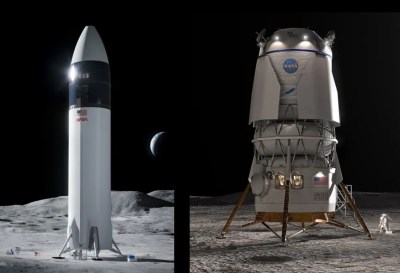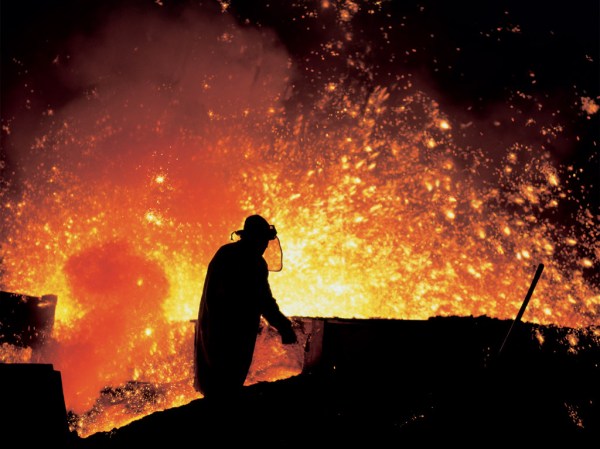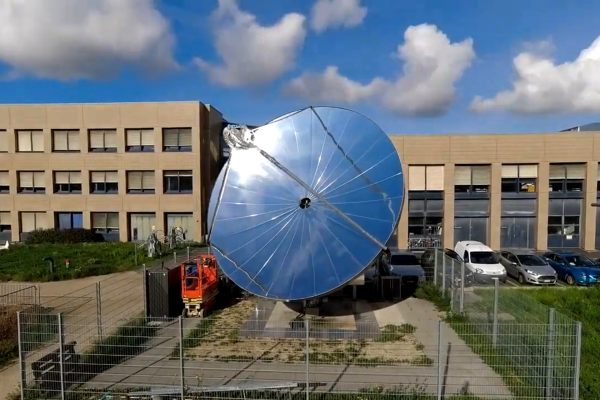
RoboJelly is certainly not what we’re used to seeing when it comes to robots. Instead of a cold metallic skeleton, this softie is modeled after jellyfish which have no bones. But that’s not the only thing that’s unusual about it. This robot also doesn’t carry its own power source. It gets the energy needed for locomotion from the water around it.
Artificial muscles are what give this the movement seen in the clip after the break. These muscles react to heat, and that heat is produced through a chemical reaction. The construction method starts with the muscle material, which is then covered in carbon nanotubes, and finally coated with black platinum dust. Sounds a bit like witchcraft, huh (Eye of newt, dragon heart string, etc.)? We certainly don’t have the chemistry background to understand how this all works. But we are impressed. So far it doesn’t have the ability to change direction, the flexing of all of the muscle material happens at the same time. But the next step in their research will be finding a way to route the “fuel” to give it some direction.
Edit – Looks like it is fueled externally. The actual study is here, but you need to log in to download it.
This brings another jellyfish-inspired robot to mind. Check out FESTO’s offering which flies through the air with the greatest of ease.
Continue reading “Robot Jellyfish Fueled By Hydrogen From The Water Around It”


















